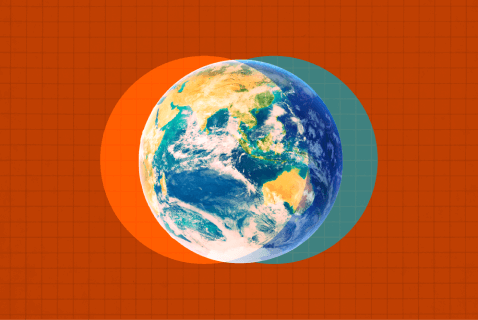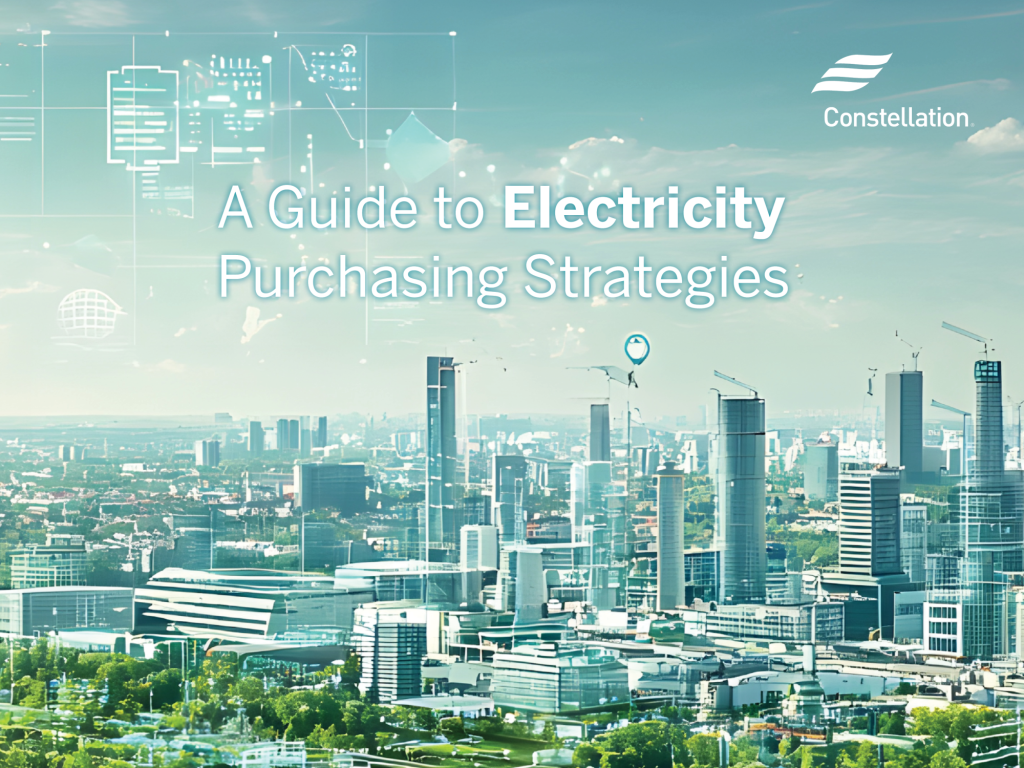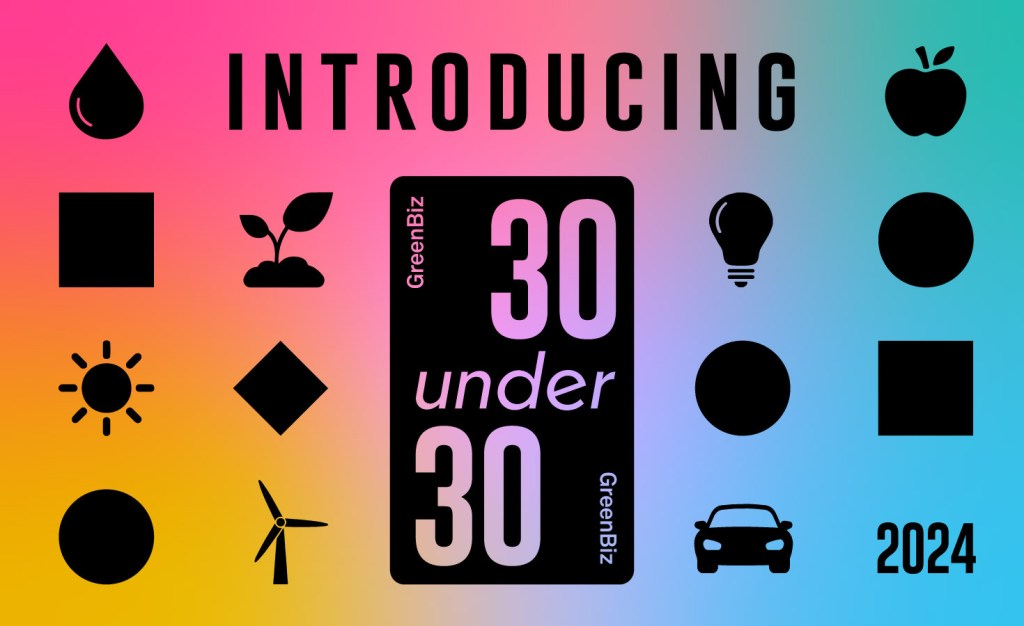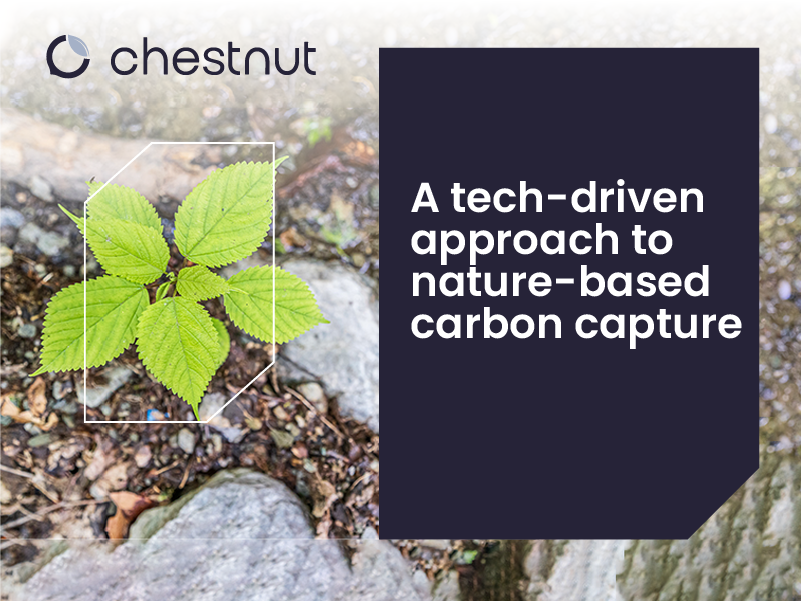Public-private partnerships make city data actionable
Partnering with the private sector can help cities translate Big Data into actionable data and bolster resilience. Read More

For cities, there is a rapid development of information technologies to collect all manner of data on energy, water, waste, transportation, buildings and beyond. This is allowing cities to strategize on infrastructure both to mitigate greenhouse gas emissions and to harden against climate-change impacts such as extreme weather events.
Remote-sensing satellites, sensors and smartphones combined with mapping tools can help cities understand what is going on, both in real-time and over the long run. But cities awash in all this data are struggling to act upon it all due to a lack of governance capacity.
Data is useless if you don’t have the governance in place to implement it. For cities, governance capacity means being able to coordinate critical assets to provide public goods. What good is understanding air pollution in real-time, for example, if a city can’t execute plans to combat it?
Partnerships extend city governance capacity
With municipal resources already stretched thin dealing with day-to-day governance, partnering with private companies could help expand the capacity of cities on long-term sustainability and resilience.
“The first step is bringing together the right partnerships,” said Breece Robertson, national GIS director at the Trust for Public Land, in a discussion at the GreenBiz VERGE event in October in San Jose, California. “It’s great to have the maps and the plans, but it’s important to have the partners to both help create that plan and help you implement it down the line.”
San Diego, for example, has launched an intelligent street lighting project in its Gaslamp District in partnership with General Electric, with the dual aim of cutting municipal costs and reducing energy consumption.
“The city has big problems to solve, and wanted to start with a small one,” said Kathy Sterio, a GE marketing officer. “It was willing to partner because it couldn’t solve it alone.”
And the partnership benefits GE, which wanted to field test its new smart sensors. The company provided planning and execution standards for the project.
Combining LED lighting with sensors is allowing San Diego to do more than just improve energy efficiency — the sensors help to monitor traffic violations and parking availability. All of the data collected is open source, which city officials hope entrepreneurs will avail themselves of to develop innovative apps — such as a parking app that helps drivers find the nearest available parking.
“The open data capabilities here really are limitless,” said San Diego’s David Graham, deputy COO for neighborhood services.
The marriage of open data and PPPs
This raises an important point: Divorcing the discussion of public-private partnerships and of open data is difficult because the two are so intertwined.
Even with the proper governance structures and private companies on board to help with public projects, sometimes there’s not enough available data to take action. The data might be unavailable due to confidentiality, licensing agreements or other costs.
“The more open we can make data, converge our local governments’ with the for-profit community’s too, the more we can do on the ground to show that green infrastructure will have a big impact,” said Robertson of the Trust for Public Land.
Cities such as Chicago are embracing open data policies to nurture private sector innovation around public problems — often through a mix of hackathons and open-data challenges rather than through hiring conventional consultants.
Robertson said she expects us to see more open data portals arise over the next decade, which break down today’s lack of common formatting.
Speaking about the the Climate Smart Cities program, Robertson highlighted Chattanooga, Tennessee, which has cultivated partnerships across the board — including community organizations, businesses and universities — to collect data.
“Partnerships like that can really help bring us down to the ground and make sure we are bringing the right data, the right methodologies to the table, and embedding that information with our stakeholders,” Robertson said.
With a similar mindset, the Rockefeller Foundation’s 100 Resilient Cities program has launched Silicon Valley 2.0, an online geospatial tool that enables cities, counties and private organizations to assess the vulnerability of energy, waste, transportation and building assets against “climate stresses” including sea-level rise, extreme heat, wildfires and extreme weather.
“The tool allows you to run an exposure and sensitivity analysis that gives you a sense of vulnerability, and also do an assessment of economic impact, replacement cost, losses to physical revenue, changes in operational costs and interruption of economic activity,” said Claire Bonham, director of sustainable development at EDAW AECOM.
Data as infrastructure
We tend to think about infrastructure as roads, wires, pipes and other physical objects, but in the age of Big Data it can include information, according to Gavin Starks, CEO of the Open Data Institute.
“Data is not just a set of targets or a report, but part of an operational decision making infrastructure,” he said. “Think about data as infrastructure: Just as roads help us navigate to a location, data helps us navigate to a decision. … Data in general, and open data specifically, is changing the nature of politics, changing the nature of business and providing a cultural shift to an open network society.”













